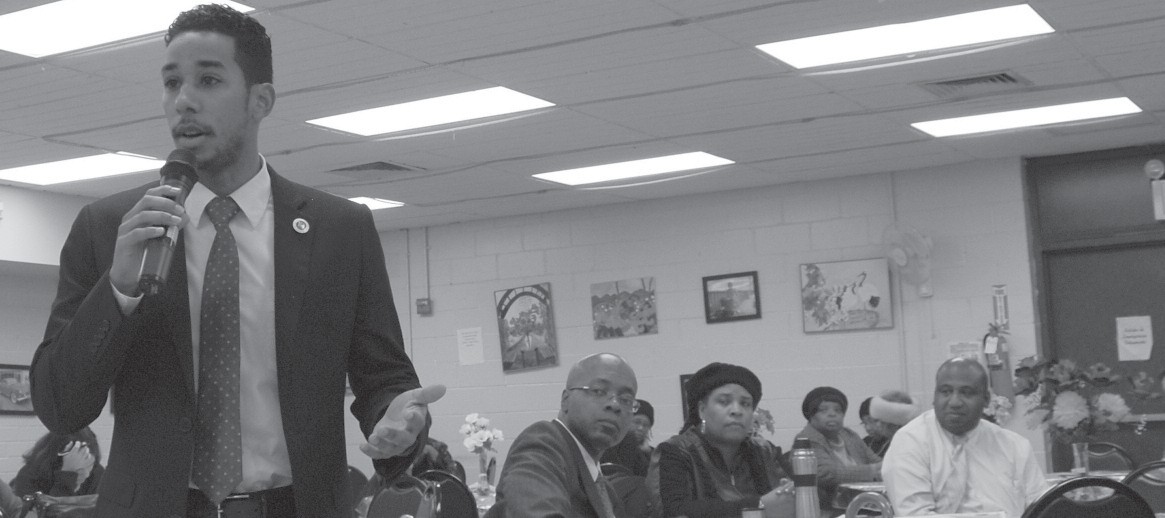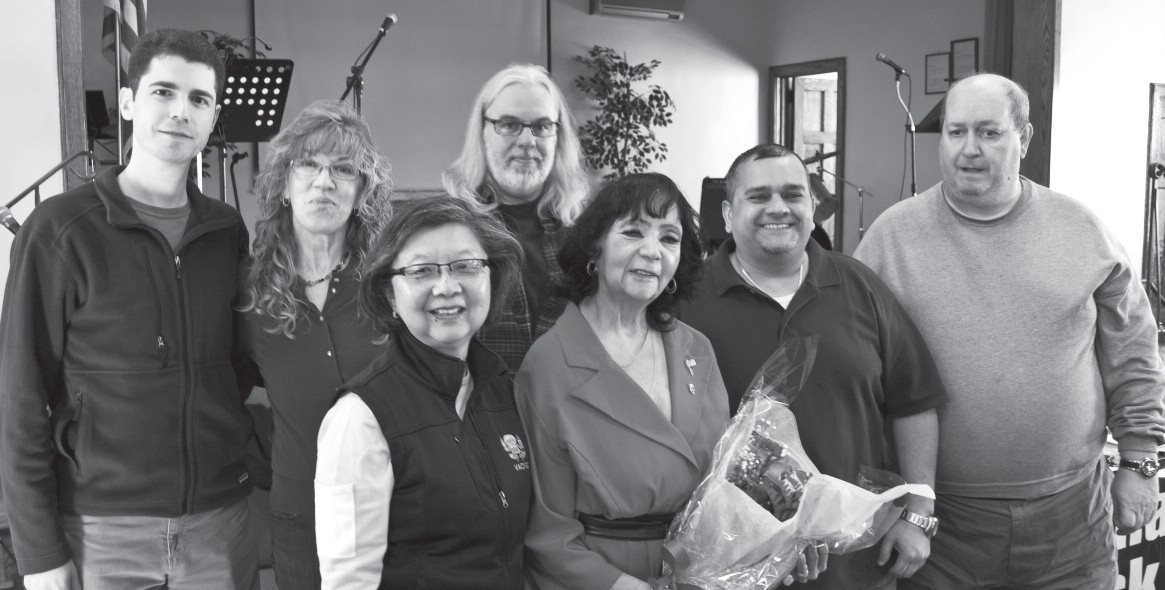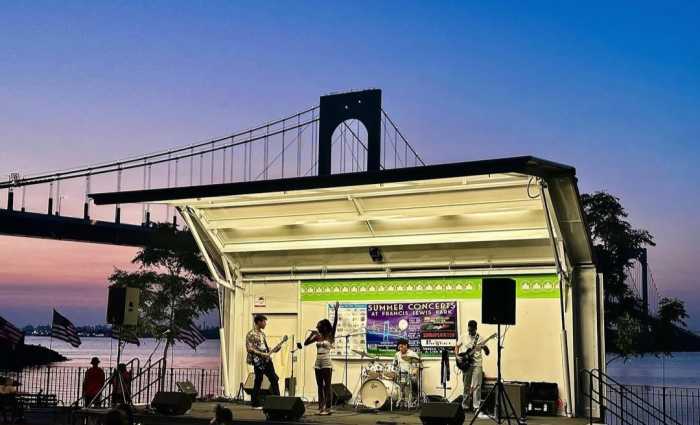Participatory Process In Sunnyside
A series of participatory budgeting information sessions were held last week, beginning in Sunnyside Tuesday, July 8, to help explain the process and get City Council District 26 residents involved.

This first session, held at Sunnyside Community Services, marks the first time participatory budgeting has been used in the district, City Council Majority Leader Jimmy Van Bramer said. A second information session was held the next day, Wednesday, July 9 at the Jacob Riis Settlement House in Queensbridge.
Participatory budgeting is a process where elected officials allow residents to nominate and vote for capital projects they want funded. The projects with the most votes will be financed by $1 million in discretionary funds allocated to Van Bramers’ district.
At the Sunnyside session, Van Bramer helped educate the group about both the city budget and the participatory budgeting process with a game modeled on the popular television show Jeopardy!.

“We’re not going to be nominating projects tonight,” Van Bramer said. “Today we’re just going to go through the process and learn a bit about the district. This is an introductory meeting.”
As Van Bramer stood before a blue screen, with categories that attendees could choose from he said, “I’m going to do my best Alex Trebek.”
A video was then shown from the participatory budgeting project, a nonprofit that advocates for cities around the world to use the instrument.
It explained the process in which volunteers take ideas from members of the community, and budget delegates are assigned to lead committees tied to various projects, like parks or transportation. The delegates then whittle down the list of projects with the help of other volunteers and people living in the district vote on the projects they want funded.
“That vote is taken incredibly seriously and allows you vote for things you want to see funded,” Van Bramer said. “We feel very strongly about having a grassroots that is strong.”
Participatory budgeting was first implemented by Brazilian cities in 1989, and has since been used in Toronto and Chicago, the video noted.
“Participatory budgeting is occurring in hundreds of thousands of cities around the world,” Van Bramer said. “There’s a movement sweeping across the country, if not the globe,” he added.
Out of 51 city council districts, 22 are now using participatory budgeting, “an all time high,” Van Bramer stated. “We anticipate that number going up and up and up,” he said.
“That’s a significant amount of power in the hands of people in our neighborhoods,” he said. “Everything is about empowering people to vote on the budget.”
Nick Gulotta, a constituent liaison for Van Bramer, and Christopher King, engagement strategist with Community Voices Heard (CVH), a nonprofit that will assist the district in the process explained that to become a budget delegate, a person must be 14 years old. They must live, work, own a business, go to school or have a child in school in the district. Immigration status is not a factor, Gulotta said.
The group, CVH is the leading community education partner for the district, King said. Members of the nonprofit, founded in the early 1990’s, have traveled to Brazil, Chicago and Toronto to research the process and see its effects up close.
To educate residents about the district, Van Bramer provided flyers with facts about the area. About 165,000 people live in District 26, which covers western Queens from Long Island City toAstoria, and from the East River to Woodside, and into portions of Elmhurst.
“I advocate for each neighborhood equally and fund each equally,” Van Bramer stated
He spoke on how the districts’ boundaries have changed as well
“Our district used to only go to Broadway, now it goes to 31st Avenue. They are all great communities that I feel great to represent. I really do take seriously representing everyone of those blocks. This is a great district that we are lucky to call home,” Van Bramer said.
Participatory budgeting timelines, a sample ballot and volunteer sign-up flyers were distributed to the meeting.
King and Van Bramer also fielded questions to explain the process. The first step is organizing neighborhood assemblies to identify community needs and select budget delegates. This should begin by September and run into October, it was noted.
Then the delegates will meet to develop proposals, followed by a project expo in the fall and finally a vote in the spring.
“The council member administers the vote with the help of volunteers,” King said.
With the help of King and other volunteers, Van Bramer will select convenient polling sites for residents. These could take several forms like outside subway stations, or as popups near local parks and gathering places, King said.
“It’s similar to traditional elections, but the Board of Elections is not involved,” King said.
“Historically, vote week is what we call it. It has everything to do with the volunteer presence,” he said.
One resident asked if Community Board 2 would have a role in deciding what gets funded.
“That varies by district. It’s really a resource,” King said.
“This process is not dominated or controlled by any one person and that includes me and members of the community board,” Van Bramer said. “This is your process. And that’s what will decide what projects get voted on and funded,” he said.
One resident asked what the criteria are for project ideas, to which King replied, “Participatory budgeting is capital, so think of things that stick around for more than five years.”
“I hope everybody understands this is historic. This is the first time this is happening in our district. You are all the leaders of this movement,” Van Bramer said.
Residents must be 16 years old to vote on projects, it was noted.

































